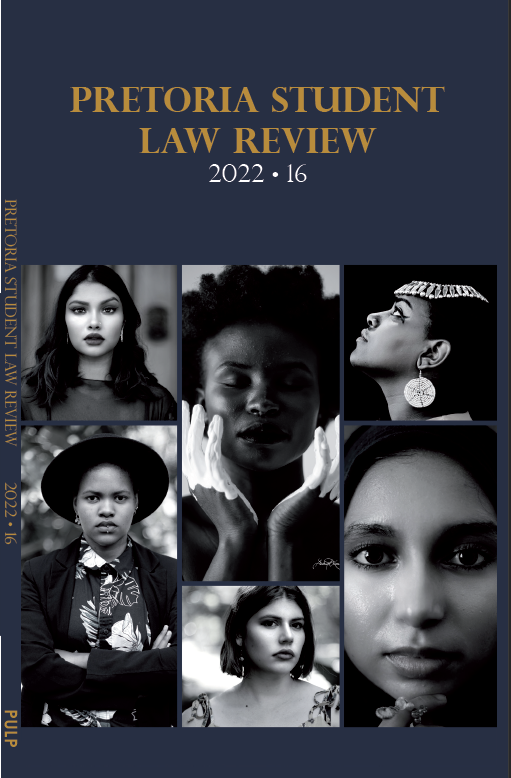A CASE FOR PERSONS WITH DISABILITIES: USING DIGITAL COURTS TO PROMOTE THE RIGHT TO ACCESS TO JUSTICE AND THE RULE OF LAW
DOI:
https://doi.org/10.29053/pslr.v16i1.4505Abstract
Access to justice is an essential human right and a cornerstone of the rule of law. The 2030 Agenda for Sustainable Development seeks to, amongst other things, promote the rule of law and ensure equal access to justice, promote peaceful and inclusive societies for sustainable development, provide access to justice for all, and build effective, accountable, and inclusive institutions. As a marginalised group, persons with disabilities are often spectators to their grievances when accessing justice, notwithstanding the strong protection afforded by the Convention on the Rights of Persons with Disabilities (‘the CRPD’). Under the CRPD, the right to access justice requires justice to be accessible, practical, and without discrimination. Nevertheless, research indicates that persons with disabilities are most likely to be left out of the legal system as there are numerous barriers that prevent them from accessing justice. In 2020, while the world faced an outbreak
of COVID-19 cases, courtrooms worldwide had to review their operational methods. Initially aimed at hearing cases remotely and prevent a backlog of cases, the question arises as to whether digital courts could not be adapted to promote the right to access to justice
for persons with disabilities. Article 13 of the CRPD contains essential provisions on the right to access justice. If designed, tested, and implemented correctly, digital courts could alleviate the inequalities faced by persons with disabilities. In essence, digital courts have the potential to make justice accessible and less hostile whilst also improving the communication and information barriers to the right to access justice. However, the advantages should not outweigh the potential exclusionary risk that digital courtrooms could create. Such courtrooms should be carefully implemented in close consultation with
persons with disabilities.





